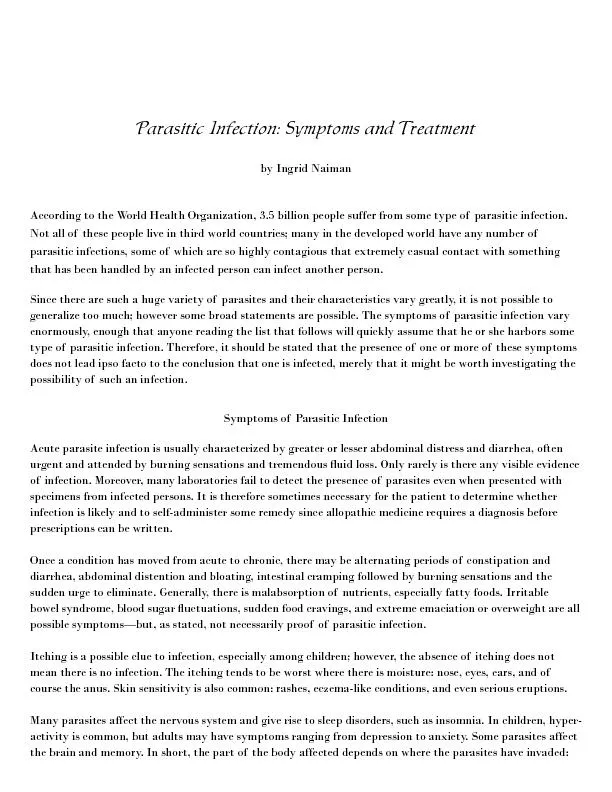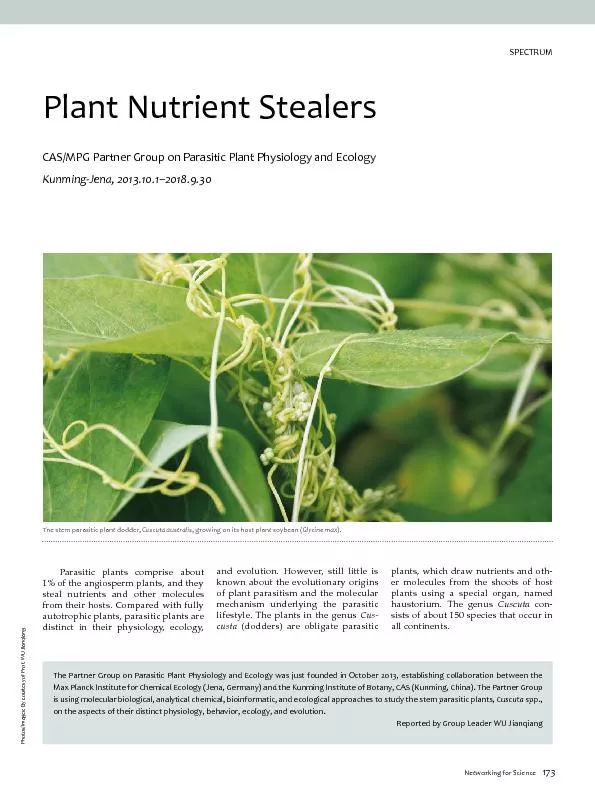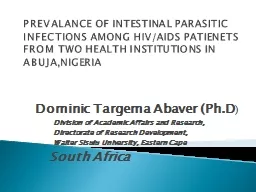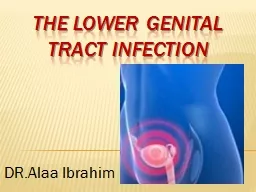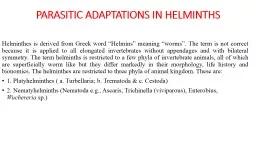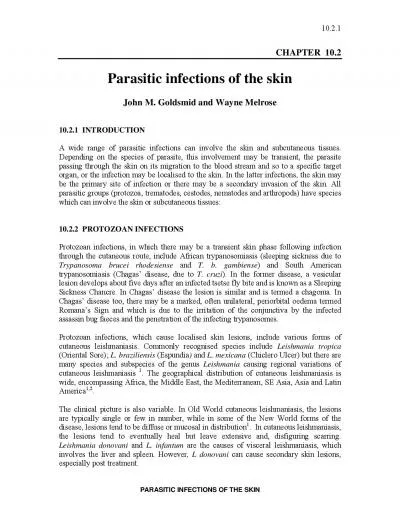PDF-Parasitic Infection: Symptoms and Treatment
Author : faustina-dinatale | Published Date : 2016-07-06
by Ingrid Naiman According to the World Health Organization 35 billion people suffer from some type of parasitic infection Not all of these people live in third
Presentation Embed Code
Download Presentation
Download Presentation The PPT/PDF document "Parasitic Infection: Symptoms and Treatm..." is the property of its rightful owner. Permission is granted to download and print the materials on this website for personal, non-commercial use only, and to display it on your personal computer provided you do not modify the materials and that you retain all copyright notices contained in the materials. By downloading content from our website, you accept the terms of this agreement.
Parasitic Infection: Symptoms and Treatment: Transcript
Download Rules Of Document
"Parasitic Infection: Symptoms and Treatment"The content belongs to its owner. You may download and print it for personal use, without modification, and keep all copyright notices. By downloading, you agree to these terms.
Related Documents

